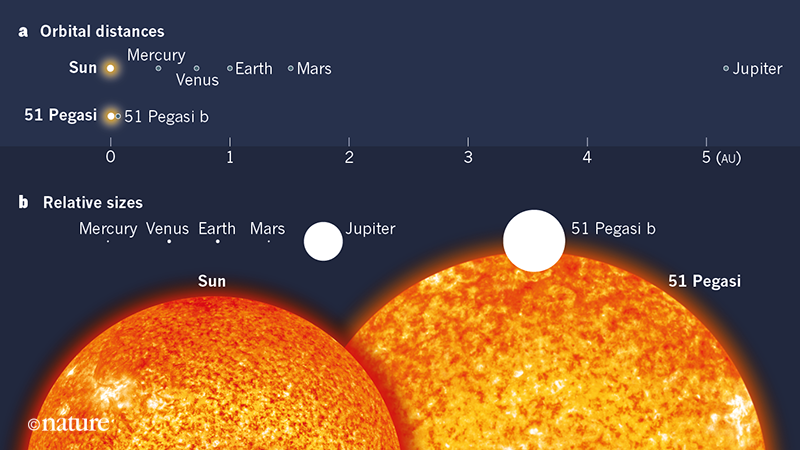
The Hubble Telescope has completed one billion seconds of operations in zero gravity, three decades after it first encountered the emptiness of space. The spacecraft has been instrumental in uncovering the universe’s hidden mysteries over its 31-year service to humanity.
With the launch of the James Webb Space Telescope, the Hubble will continue to be a valuable resource for astronomers all across the world. Hubble has been providing us with significant scientific discoveries and iconic photographs of space for for three decades, having been launched on April 25, 1990.
The flying observatory has been repaired multiple times during the course of its operations to replace and repair telescope components, and it has made over 1.5 million scientific observations to date. The James Webb Space Telescope and the future Nancy Grace Roman Space Telescope will build on Hubble’s discoveries and collaborate with Hubble to further our knowledge of the cosmos, according to Nasa.
Uncovering the solar system

Hubble has been crucial in studying the solar system’s inner and outer planets, gazing through their atmospheres and peering into their lunar systems. Hubble’s studies of Jupiter have aided various missions investigating the gas giant’s atmosphere, moons, and cosmic objects.
With the James Webb Telescope due to launch in a few months, Hubble will continue to aid in the research of the Trojan asteroids’ compositional components in support of NASA’s Lucy mission, which will launch in October 2021. The Lucy team is using Hubble to search for Trojan satellites because Hubble can identify a small, dark satellite orbiting a larger asteroid, which an Earth-bound telescope may miss.
Exoplanet research

The telescope has been instrumental in the discovery of worlds hundreds of light-years beyond our Solar System. Hubble is presently collaborating with other space observatories such as TESS, the Transiting Exoplanet Survey Satellite, which is tasked with discovering interesting exoplanets around our nearest and brightest stars. Hubble recently focused his attention on NGC 1277, a remnant galaxy with stars that formed 10 billion years ago but no further star formation.
Hubble also collects data on exoplanet atmospheres in order to look for signs of clouds, hazes, and/or water. The telescope will collaborate with Webb to examine exoplanets and identify prospective targets for the future observatory to investigate.
“Over its lifetime, Hubble’s powerful vision has “set the stage” for Webb and several other missions that aim to uncover fascinating facts about our universe from our cosmic neighbourhood to the farthest reaches of space,” Nasa said.
The telescope was brought back from complete shutdown twice in 2021, demonstrating the system’s and the team’s engineering and technological improvement. In the next 1 billion seconds of the telescope’s existence, scientists aim to discover new riddles.




